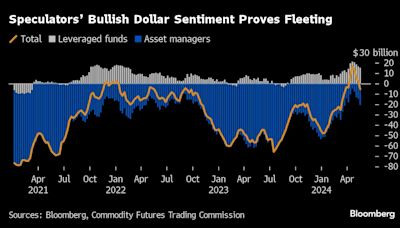Search results
Sep 28, 2023 · Key Takeaways. The first U.S. dollar was printed in 1914 after the Federal Reserve Bank was created. The Allies paid the U.S. for supplies using gold during World War I, propelling the U.S. to ...
In the absence of an international mechanism tying the dollar to gold via fixed exchange rates, the dollar became a pure fiat currency and as such fell to its free market exchange price versus gold. Consequently, the price of gold rose from $35/ounce (1.125 $/g) in 1969 to almost $500 (29 $/g) in 1980.
People also ask
When was the first US dollar issued?
When did the dollar become the world's reserve currency?
When did the US dollar become the world's currency?
What type of currency is the US dollar?
As the U.S. started racking up huge deficits and running out of its gold reserves in the 1960s, the government found it too expensive to maintain the promise. And so, in 1971, President Nixon ...
Jul 19, 2023 · The U.S. dollar is the most commonly held, making up 59 percent of global foreign exchange reserves. As of July 2023, China has by far the most reported foreign currency reserves of any country ...
- Anshu Siripurapu
The steep rise in the number of $100 bills held overseas — close to two C-notes for every person on the planet — is a signal that people around the world recognize the dollar as the de facto global currency. They have confidence that if their local currency goes belly up, the dollar will hold steady. It's not only individuals that are ...
- Dave Roos
Mar 10, 2022 · A British aristocrat. The other was an American that no one remembers. But it was the American that won the day and put the U.S. dollar right in the middle of world trade. Today on the show, how ...
The United States dollar ( symbol: $; currency code: USD; also abbreviated US$ to distinguish it from other dollar-denominated currencies; referred to as the dollar, U.S. dollar, American dollar, or colloquially buck) is the official currency of the United States and several other countries.




